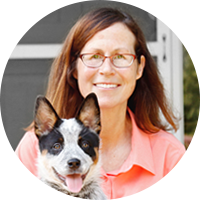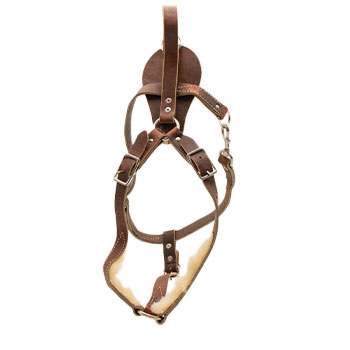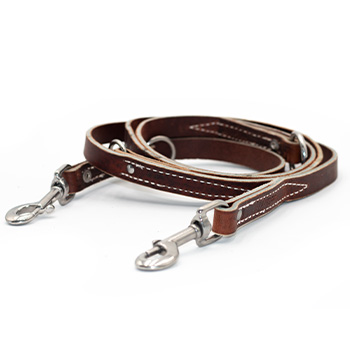September 04, 2014
I am working my GSD in tracking right now and had a question on corners, I was wondering what your thoughts are.
Full Question:
I am working my GSD in tracking right now and had a question on corners, I was wondering what your thoughts are. I went out with an RCMP handler and watched him do some tracking practice. When his dog would overshoot a corner he would start circling the dog. I started to use this in my own training with my dog when she would give me a negative. I then went out with my local club and after they watched this I was told not to do this as the dog should find the track again on her own so I should just not move and leave her be. I tried this method but she seemed to "give up" when she could not relocate the track. What are your thoughts on starting the dog circling when they give a negative? 
 Ed's Answer:
Ed's Answer:
I assume you know that I have done three DVDs with the RCMP. They are the very best that there is in North America for S&R dogs and police service dogs.
I coined the phrase that the style of training is TRACKING THRU DRIVE.
This is totally different than sport tracking. Sport tracking is 100% obedience. In my opinion it has nothing to do with tracking a scent. Sport people who lack experience will try and argue this point.
You need to analyze your problem. Is it a drive problem or another problem?
If I were to have issues on corners I have to consider wind, terrain, and motivation levels. You need to consider what the dog's motivation is to track. If a dog simply quits, what does that say about the motivation level to follow the track? Not much. You can do things like give the dog a better reward (each dog is different) and/or make the track easier. The corner can turn into the wind, the track leg can be double or triple laid after the corner, the article can be 15 feet past a corner. Etc. Etc.
If a dog has corner problems you should work on that until its is fixed. Stick with easy terrain, don't stretch the age, etc.
When the dog comes to a corner, the handler should stop and stand there. Don't allow the dog to move past the corner. The dog should also be 100% comfortable tracking on a very short leash with the handler by his side and at the end of a long line and everything in between.
Often times handlers freak out when a problem shows up. Bad idea. There is a lot to gain from letting a dog work out the problem even if it takes time. When that happens the dogs learn to relax and work and not worry about the handler doing something stupid.
I also think there isn't anything wrong with walking a dog off an article after the turn and taking it back down the track and letting it track to the corner and go to the article again when it gets another reward (from the handler). What does that hurt? Nothing.
So bottom line is no one can tell you what to do with your dog. There are too many variables. Each issue is related specifically to that dog, on that day of training.
Ed Frawley
I coined the phrase that the style of training is TRACKING THRU DRIVE.
This is totally different than sport tracking. Sport tracking is 100% obedience. In my opinion it has nothing to do with tracking a scent. Sport people who lack experience will try and argue this point.
You need to analyze your problem. Is it a drive problem or another problem?
If I were to have issues on corners I have to consider wind, terrain, and motivation levels. You need to consider what the dog's motivation is to track. If a dog simply quits, what does that say about the motivation level to follow the track? Not much. You can do things like give the dog a better reward (each dog is different) and/or make the track easier. The corner can turn into the wind, the track leg can be double or triple laid after the corner, the article can be 15 feet past a corner. Etc. Etc.
If a dog has corner problems you should work on that until its is fixed. Stick with easy terrain, don't stretch the age, etc.
When the dog comes to a corner, the handler should stop and stand there. Don't allow the dog to move past the corner. The dog should also be 100% comfortable tracking on a very short leash with the handler by his side and at the end of a long line and everything in between.
Often times handlers freak out when a problem shows up. Bad idea. There is a lot to gain from letting a dog work out the problem even if it takes time. When that happens the dogs learn to relax and work and not worry about the handler doing something stupid.
I also think there isn't anything wrong with walking a dog off an article after the turn and taking it back down the track and letting it track to the corner and go to the article again when it gets another reward (from the handler). What does that hurt? Nothing.
So bottom line is no one can tell you what to do with your dog. There are too many variables. Each issue is related specifically to that dog, on that day of training.
Ed Frawley
100% (12 out of 12)
respondents found this answer helpful


Can't find what you're looking for?




